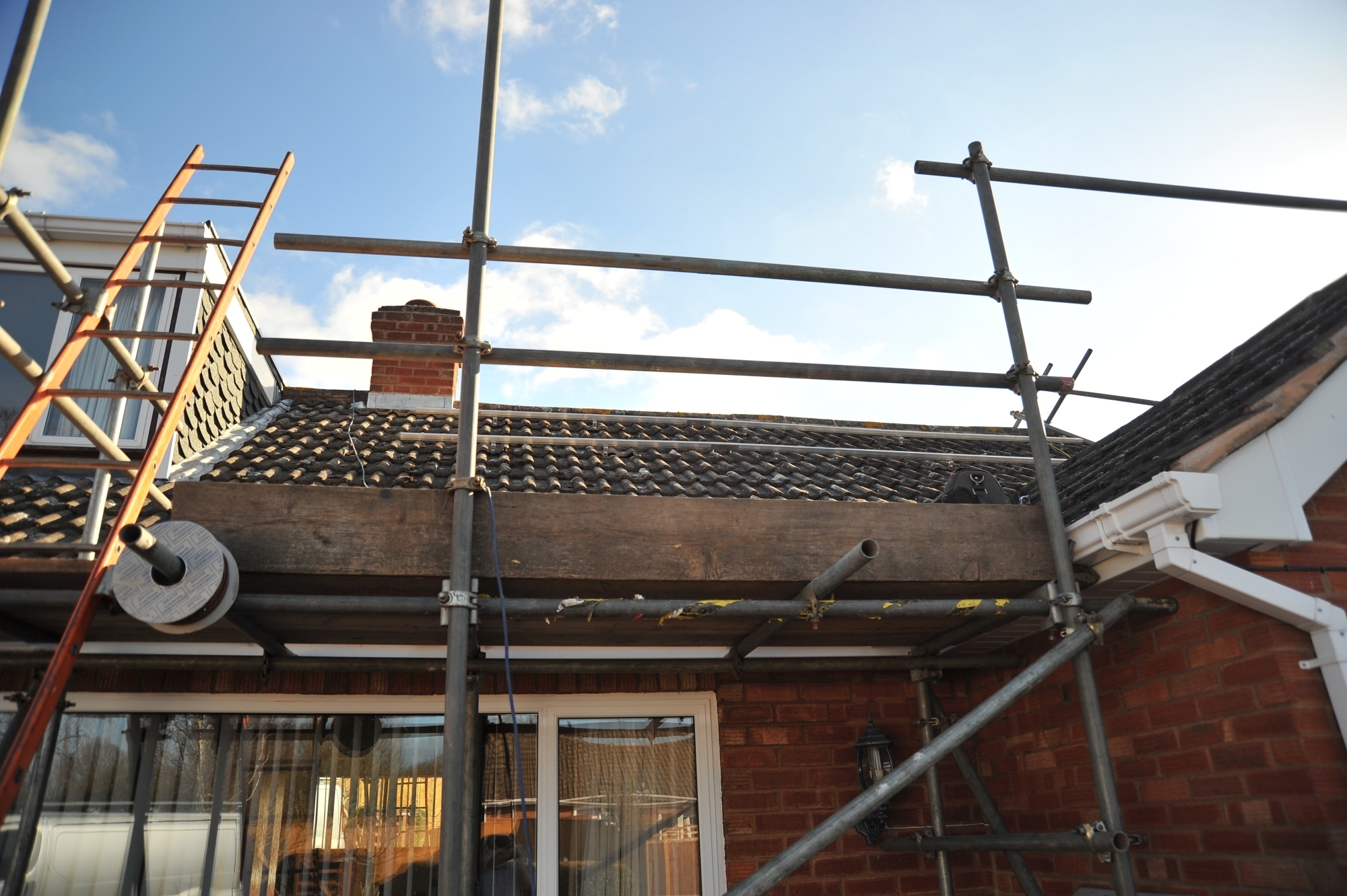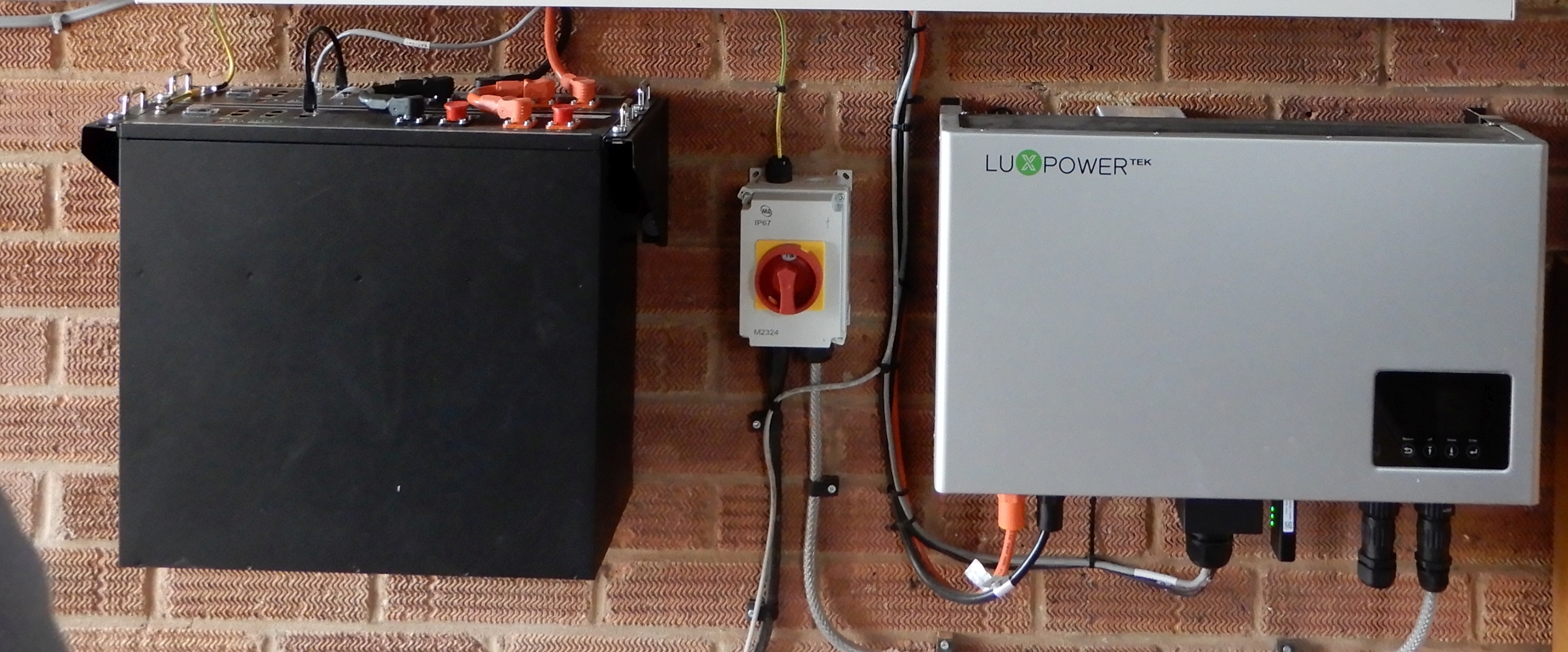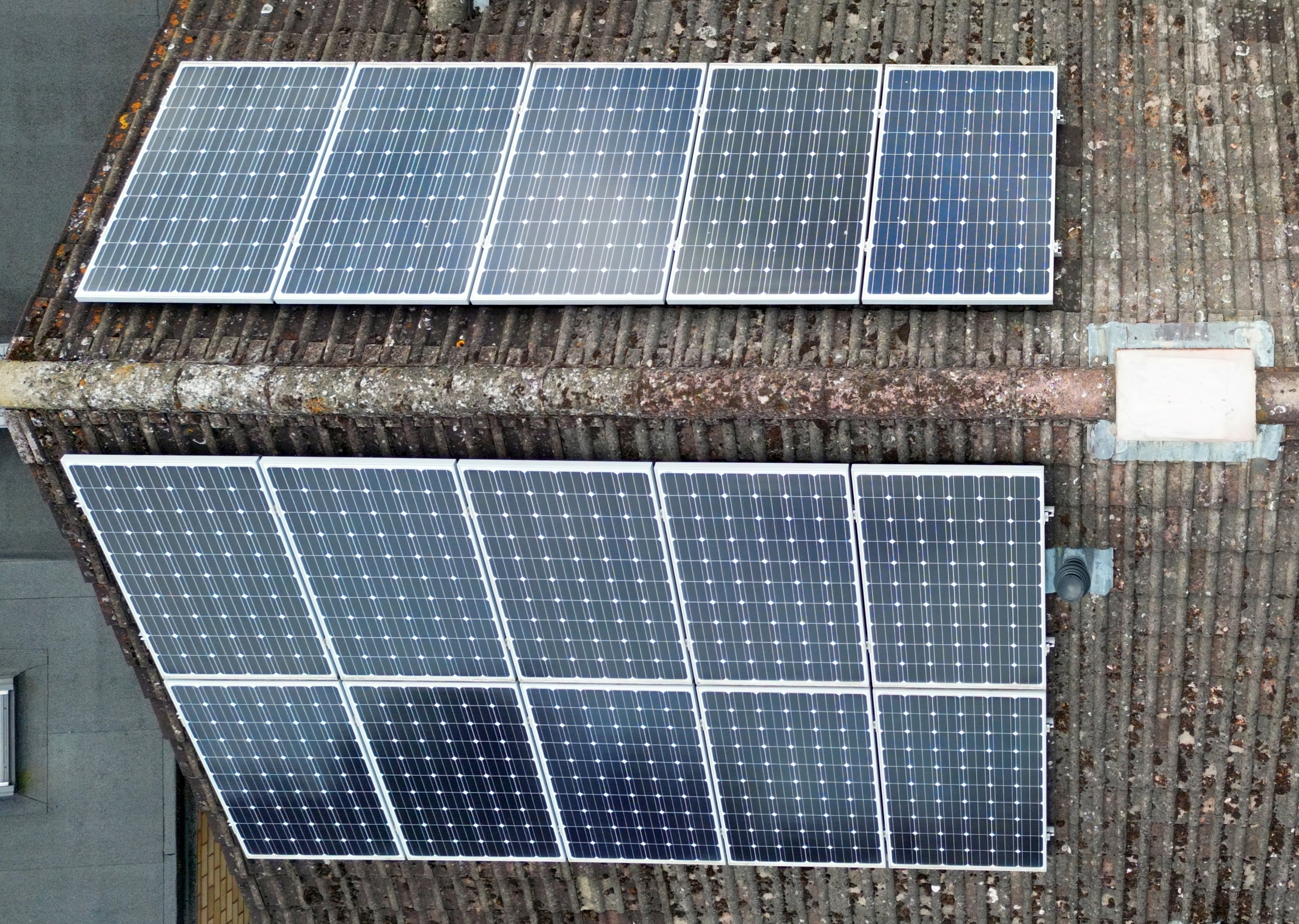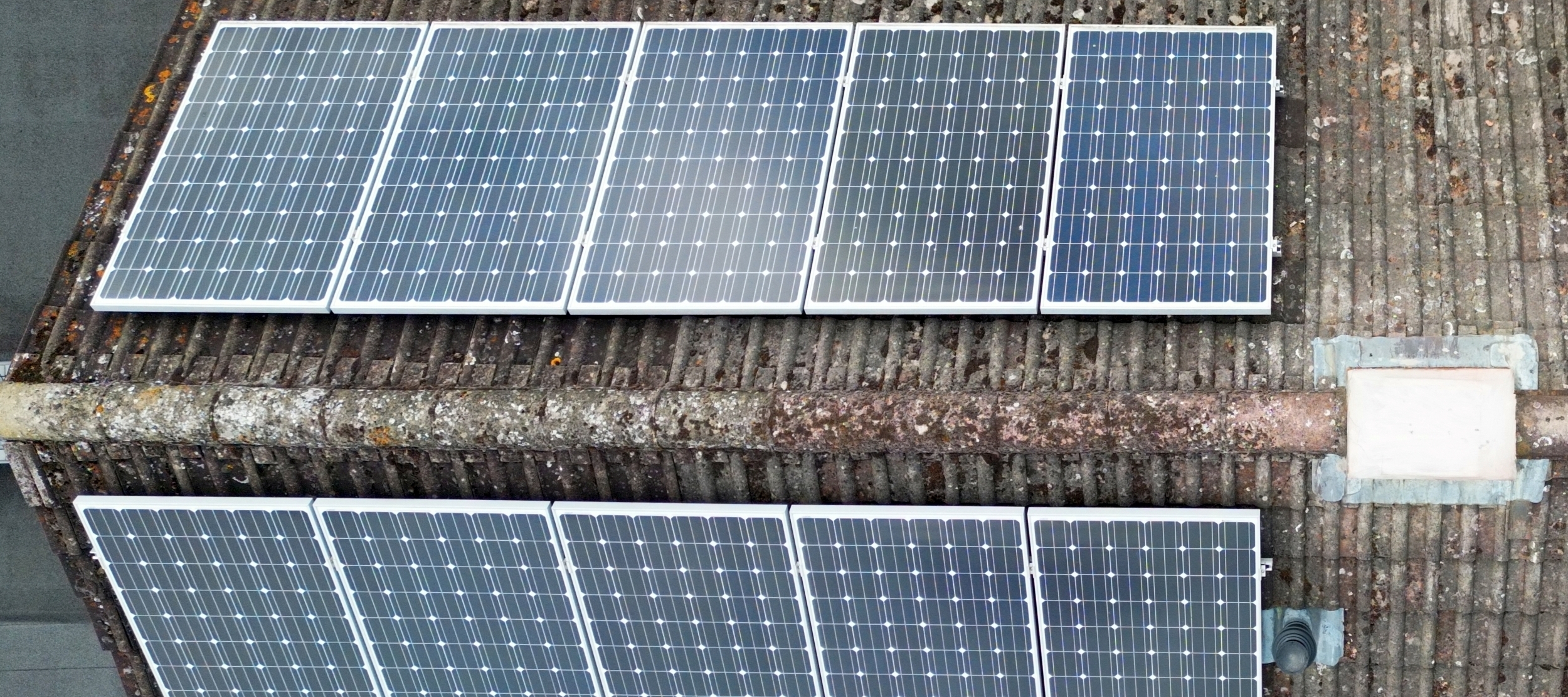Given that there’s a number of organisations including OVO who are promoting solar PV systems, I thought it might be useful to note a few things about my own journey so far.
We had solar panels installed in early 2012

and more recently added battery storage.

The systems mostly look after themselves but we’ve found support and expertise difficult to find. Our original installer moved out of the industry and so although we were able to get initial queries answered, any follow up from other suppliers has not been straightforward. No understanding of any equipment apart from those they install themselves, difficulty in matching different parts of the system when wanting any additional equipment, and a lack of technical understanding in the technology space of measurement and monitoring.

To be clear, we have not had any operational problems with the original equipment installed and it shows no signs of reduced performance or reliability. Given that has already given over 10 years of generation and more than paid back on the investment, we would certainly recommend having a solar installation if you can. The batteries are another notch along, giving support through much of the year and providing full evening coverage for many months in a busy household. They do require a close look at costs vs returns but as there is a high desire to be as self-sufficient as possible, I would suggest that they are worth the additional cost, even if provisioned for a later install. You find that you tend to watch generation and consumption and dislike the feed back to the grid (however useful that might be to the network as a whole), and so batteries can significantly help with self consumption.
The latest technology has made improvements in efficiency and I expect this to continue but as with all similar innovation, a timely decision is useful, otherwise opportunities can be missed.
Our general advice would be:
• Ask for recommendations from other people from your installer.
• Determine your general max kw peaks so that your system can support most of the demands of your household.
• Ensure you get an approved MCS installer so that they can provide full documentation needed.
• Provision for a system upgrade path if possible.
If for some reason fitting is out of the question for your property, consider other options which include community power sources. This option also allows the financial returns to move with you should you have the need.
Give us your feedback!
Was this article helpful? Is our Library missing content? Share your anonymous feedback here and help us improve!












